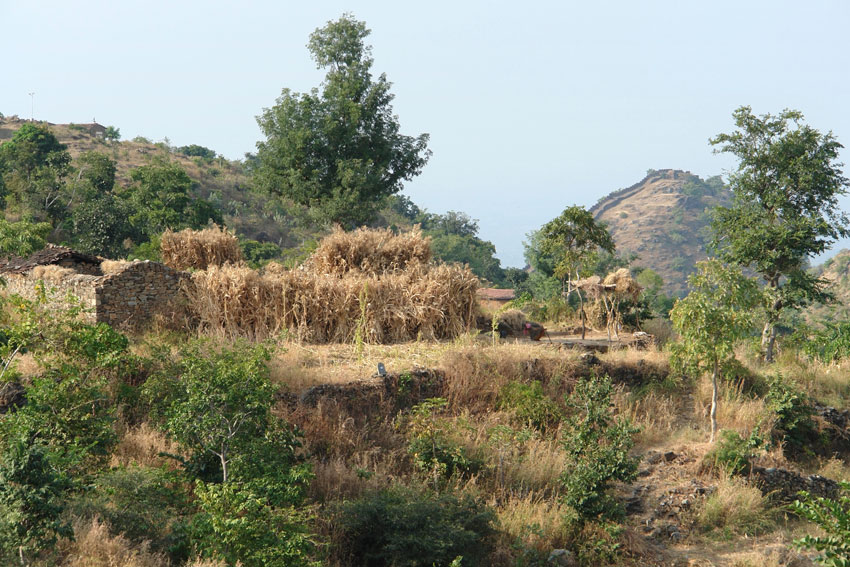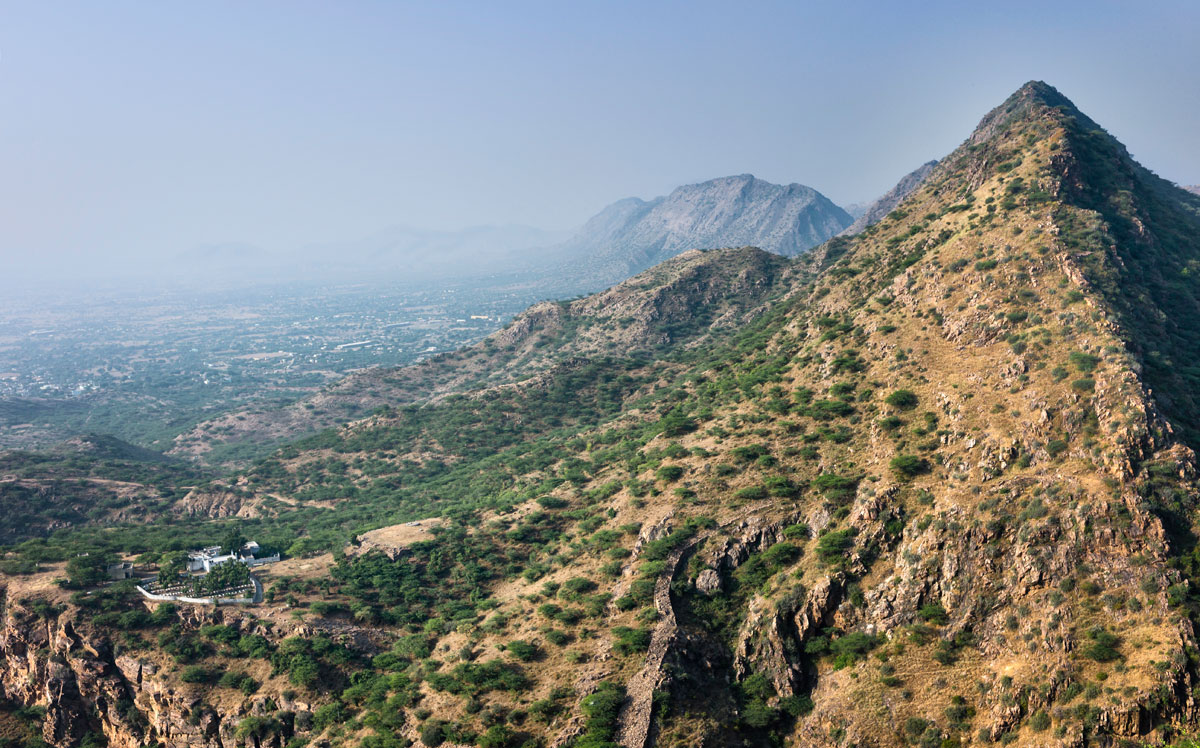U-TURN ON CONSERVATION
The Aravalli Range.
In a single stroke, the Forest Department of the northern state of Haryana has issued an order that will push the already threatened fragile ecosystem of the Aravallis forest range to the brink of extinction. The regulation designates large tracts of the forest range as “not forest,” writes Priyanka Bhardwaj.
No land in the Aravalli range will be designated as forest except those formally recorded as one and diversion of forestland for non-forest purposes would not require a mandatory central approval.
The April 13 circular from the state’s forest secretary, called a clarification, reads, “…only recorded forests will be shown/marked as ‘forests’ (Y) while carrying out ground truthing exercise… in Aravalli region. Areas other than recorded forests will be shown/marked as ‘not forest’ (N) which is the present status.”
Ground survey reports would be required to carry a disclaimer, “the status of areas mentioned as ‘no forest’ may be changed when the Ministry of Environment & Forests decides the criteria and parameters for classification of areas as forests.”
The new regulation cites a 1997 affidavit filed by Haryana government in Supreme Court in which it has declared details of reserved forests, protected forests, unclassified forests, forests notified by it under Indian Forest Act and areas notified under Sections 4 and 5 of Punjab Land Preservation Act.
In stark contrast to the above order the very same department had declared the entire range as forest on March 12.
The March records state, “The Aravalli range in Haryana region as shown in Natural Conservation Zones (NCZ) will be kept in the category of ‘forest to be identified as per criteria’ within the NCZ category temporarily till the criteria for forest are decided by the Supreme Court.”
This means that huge wooded chunks of the range, comprising Mangar and surroundings, were mandated as forest and came under the purview of Forest Conservation Act, 1980.
Since the state is already left with just 3.5% of forest cover, the Supreme Court via several rulings has ordered for protection of this range at all costs.
But the latest regulation that stands in violation to dictates of the apex court has greatly alarmed conservationists, environmental experts, villagers and observers alike.
Green activists point fingers at the nexus of industrial lobby, government authorities and corrupt locals who have been attempting to lay hands on the 80,000 hectares of forest cover.
Retired army man and conservationist, Sarvadaman Oberoi laments, “The decision goes against at least four Supreme Court orders and is a possible contempt of court. Such decisions have usually been taken by revenue or town and country planning departments. However, the forest department taking such a step despite knowing this is wrong, shows it has been pressurized into it.”

Speaking of inconsistencies in government’s stand, while the current regulation was being issued in pursuance or order by the National Green Tribunal state authorities went for demolition-drives razing boundary walls of five farmhouses allegedly encroaching the forests at Raisina village in Sohna, two farmhouses in Kot village and demolishing an under-construction industrial unit at Delhi-Faridabad border.
Reporting on encroachments, Gurgaon town planner (enforcement), Narender Solanki went on record to state that, “We were shocked that illegal structures on Aravallis had electricity connection from power discom DHBVN. The power department should put a stop on this. We have come across cases where electricity connections in such areas encourage more and more people to carry out unauthorized constructions.”
It is a widely known fact that the NCR has been a witness of a certain unethical connivance of local revenue officials and panchayats or gram sabhas or village group of elders to make money.
This involves selling off uninhabitable village land meant for purposes of grazing etc, also known as common land (saamlaat deh), to land sharks or private real estate entities who then fragment these tracts into plots to be further sold to buyers.
This rampant privatization and fragmentation have been possible only due to many anomalies in the Punjab Village Common Lands Act of 1961.
To redress this problem, the Supreme Court in its several judgments, more so in January 2012 Jagpal Singh one, ruled that all panchayat lands must be returned to the gram sabha as it cannot be used for any other purpose.
In consonance with these rulings chunks of privatized common lands were returned to the panchayats in villages of Mangar, Kot, Mewla, Maharajpur and others in Faridabad, and Raisena, Ghata, Bandhwari and Roj ka Gujjar in Gurgaon.
While 80% of the range is governed directly by the Revenue Department, just 20% come under the jurisdiction of the Forest Department.
Other threats that this green cover faces are large scale, brazen and illegal mining activities in the Aravallis and cutting down of trees by the poor for domestic fuel in complete prohibition of the Aravalli notification of May 1992 that bans construction of dwellings, farm houses, shed, mining activity or cutting of trees.
Samir Thapar of the Wildlife Protection Society of India elaborates that these threats combine to decimate the flora and fauna in the natural corridors.
In the light of these problems if the state falls short of defining the Aravallis as forests then there can be no hope left for saving these invaluable and irreplaceable reserves and the loss would be of one and all.


